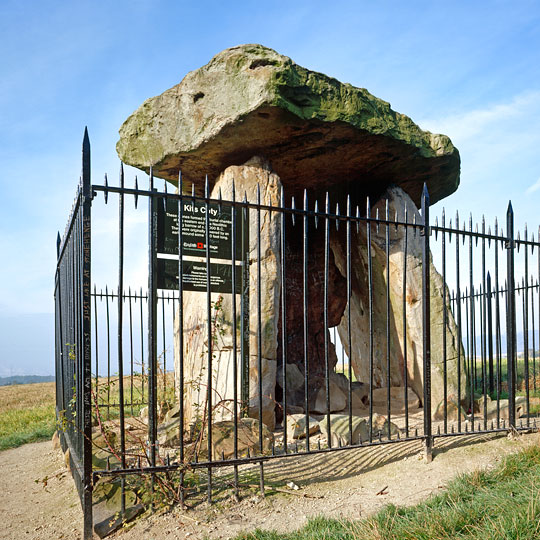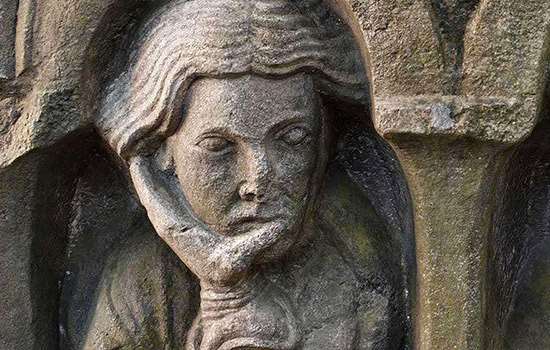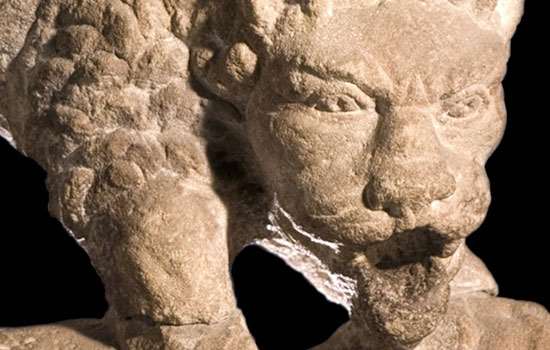History of Kit’s Coty House and Little Kit’s Coty House
Kit’s Coty House and Little Kit’s Coty House are the remains of two megalithic long barrows standing in open fields. The sites offer fine long views across the North Downs and Medway Valley.

Neolithic Burial Rites
The origin of the name Kit’s Coty is not known. For many years it was thought to be a corruption of Catigern, the name of a British prince slain in single combat with the Saxon Horsa in a battle at Aylesford in AD 455 at which the Britons were victorious. The monuments were therefore assumed to be a memorial to him.
There is no evidence to support this suggestion and the barrows predate this event by thousands of years.
Long barrows were constructed during the early Neolithic period, between about 4000 and 3000 BC. They represent the burial places of the earliest farming communities in Britain, and are among the oldest surviving prehistoric monuments.
Long barrows appear to have been used for communal burial – often with only parts of the human remains being selected for interment – and it is probable that they acted as important ritual sites for local communities over a considerable period of time.
Kit's Coty House
The most distinctive surviving feature of this monument is the H-shaped arrangement of three large slabs of sarsen stone (a fine-grained, crystalline sandstone) capped by a further slab, which formed the main burial chamber of the barrow.
The stones were originally buried at the eastern end of a long earthen mound, of which only traces survive.Earth and chalk for the construction of this mound was quarried from flanking ditches to the north and south and these can be seen clearly on aerial photographs of the site.
The mound was surrounded by a retaining kerb of sarsens, some of which may lie buried in the field.
Little Kit's Coty House
Little Kit’s Coty House, also known as the Countless Stones, is a group of about 20 sarsen stones in a tight cluster. They represent the remains of a burial mound which was seriously damaged in 1690, before any reliable records were made.
A letter written at the time describes ‘13 or 14 great stones, 7 standing all covered with one large stone’. It is likely that this burial chamber was originally covered with a substantial mound, as at Kit’s Coty House.
In the 1880s, as concern mounted about damage to ancient monuments, Kit’s Coty House and Little Kit’s Coty House were among the first to be protected by the state, on the advice of General Augustus Henry Lane Fox Pitt-Rivers, the first Inspector of Ancient Monuments. Railings were erected around the stones to prevent vandalism.
LISTEN TO OUR PODCAST ABOUT KIT’S COTY HOUSE AND LITTLE KIT’S COTY HOUSE
Further Reading
Philp, B and Dutto, M, The Medway Megaliths (Rochester, 1985)
Thomas, RE, The Story of Kit’s Coty House, Aylesford, Kent (London, 1907)


